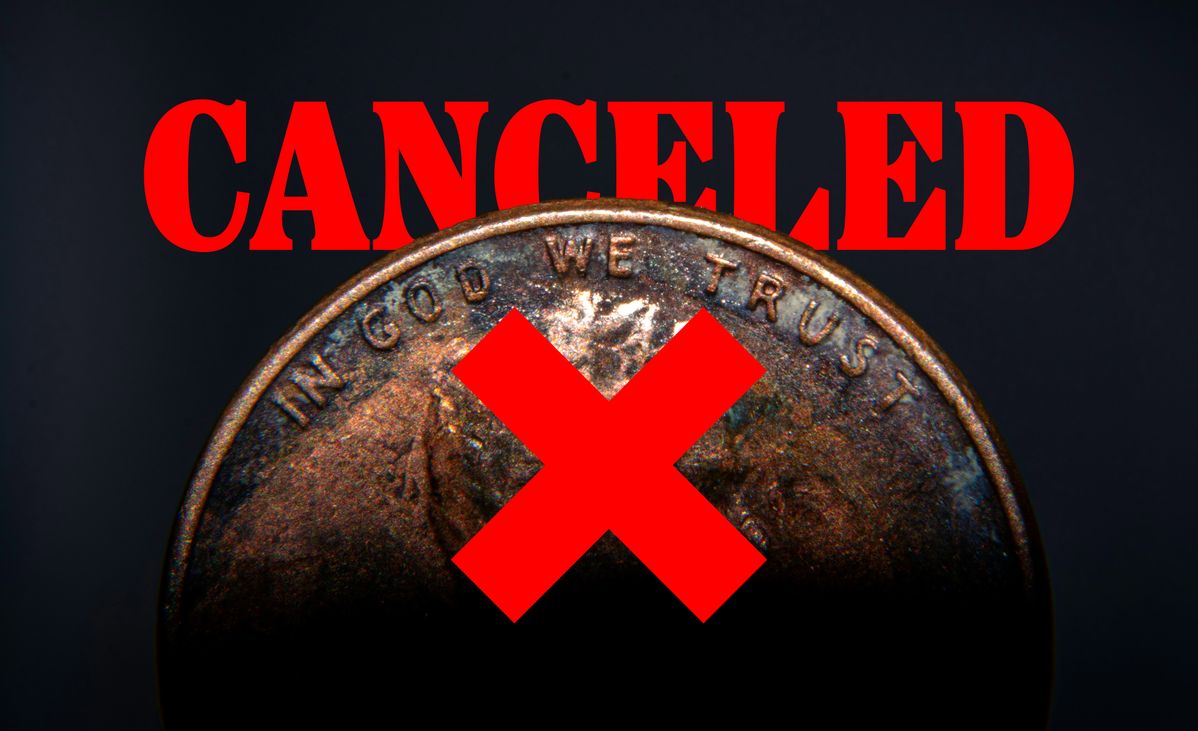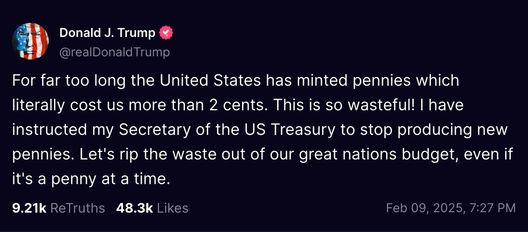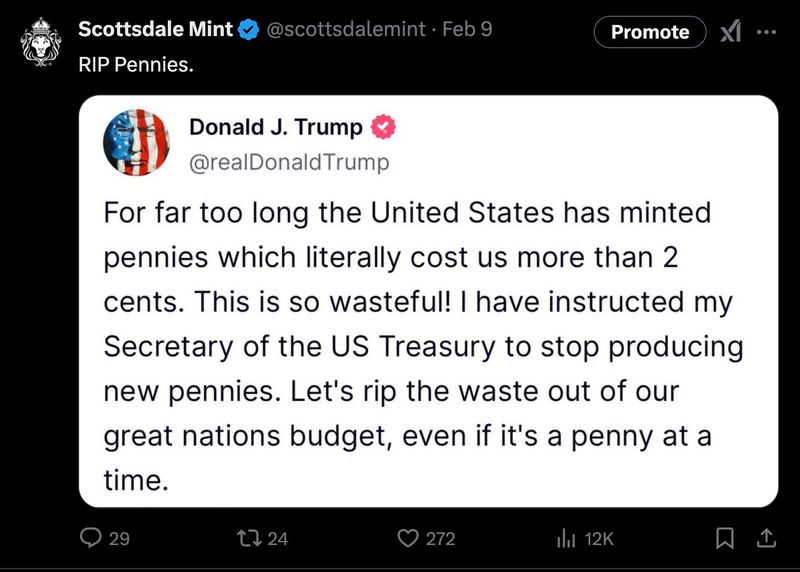A Penny for Your Thoughts: The Economics Behind the Decision
In a move that’s bound to make cents (pun intended), President Trump has announced the end of an era in American coinage. Let’s dive into why our humble copper-coated friend is finally heading to the numismatic retirement home.
| Year | Cost to Produce | Visual Cost Comparison |
|---|---|---|
| 2005 | 0.97¢ | |
| 2010 | 1.79¢ | |
| 2015 | 1.43¢ | |
| 2020 | 1.76¢ | |
| 2024 | 3.69¢ |
The Numbers That Don’t Add Up
Here’s the painful truth that finally broke the penny bank: In 2024, each penny cost the U.S. Mint a whopping 3.69 cents to produce and distribute. That’s like buying a dollar bill for $3.69 – not exactly what you’d call smart money management. The Mint’s recent report shows they produced 3.2 billion pennies in 2024, essentially turning $31.7 million in face value into a $85.3 million loss. Talk about throwing good money after bad!
The Penny’s Last Stand
Let’s put this in perspective: For nearly two decades, the penny has been operating in the red. Since 2006, every single penny produced has cost more than its face value. This isn’t just pocket change we’re talking about – in fiscal year 2023 alone, penny production cost taxpayers over $179 million.
The writing has been on the wall for some time. Other countries like Canada already gave their pennies the boot back in 2012. Now, with production costs hitting an all-time high and inflation making the penny increasingly irrelevant, its fate was sealed.
What This Means for Collectors and Investors
For numismatists and precious metal enthusiasts, this marks a significant moment. While existing pennies will remain legal tender, the cessation of new penny production could make certain dates and mint marks more desirable to collectors. The 2024 pennies, being the last year of production, might be worth holding onto – though probably not for their copper content, since modern pennies are 97.5% zinc!
From Franklin to Lincoln: A Penny’s Tale
Here’s a fun fact that might surprise you: Benjamin Franklin, not Abraham Lincoln, was actually the design mastermind behind America’s first one-cent coin. Back in 1787, he proposed the motto “Mind Your Business” for the coin – and no, he wasn’t telling people to buzz off! The phrase was meant to encourage colonial merchants to stay focused on their commercial pursuits.

The first official penny made its debut in 1793, featuring Lady Liberty with flowing locks (though critics claimed she looked rather terrified – not exactly the confidence-inspiring image they were going for). These early pennies were pure copper and about the size of today’s quarter, making them quite substantial pocket change indeed.

In 1857, the Mint decided to put the penny on a diet, shrinking it to its current size. But the real makeover came in 1909 when President Theodore Roosevelt championed putting Abraham Lincoln on the penny to commemorate the 100th anniversary of his birth. This made the penny the first U.S. coin to feature a real person rather than the symbolic Lady Liberty, and Lincoln has been facing right on our pennies ever since.

Speaking of Lincoln, here’s a delightful tidbit: those first Lincoln pennies featured the designer’s initials (VDB) so prominently on the reverse that they were removed after just a few days of production. Today, those 1909 VDB pennies are worth thousands of dollars – talk about getting more than one cent’s worth!
Now, after 233 years of pocket-jingling service, our trusty copper friend (which is actually 97.5% zinc these days) is finally heading into retirement. From Franklin’s business advice to Lincoln’s stoic profile, it’s been quite a journey for America’s longest-serving coin.
Looking Ahead
The Treasury Department hasn’t yet released specifics about the timing of the penny’s retirement. While President Trump has ordered the halt of production, the exact implementation may require congressional action or face legal challenges.
One thing’s for sure: this marks the end of an era that began in 1793 with the first one-cent coin. So next time you see a penny on the ground, you might want to pick it up – it could be one of the last ones you’ll ever find.
For those interested in the nitty-gritty details, we’ve crunched the numbers on the penny’s final years:
2024 production cost: 3.69 cents per penny
Total 2024 production: 3.172 billion pennies
Net loss in 2024: $85.3 million
Composition: 2.5% copper, 97.5% zinc
Who knew such a small coin could create such big waves in the numismatic world? As we bid farewell to the penny, remember: every cent counts, even if it costs nearly four cents to make it!
How do you feel about the loss of the penny?








